Northern Lights tours from Reykjavik | Your complete guide
Book tickets to Reykjavik Northern Lights tours
What to do on Reykjavik Northern Lights tours?
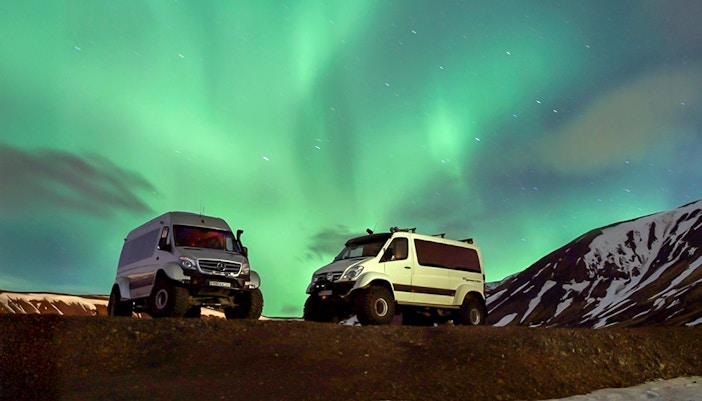
Chase the auroras by land
Travel deep into Iceland’s countryside in comfortable buses or rugged super jeeps, guided by experts who know where the skies are clearest. Stops often include remote lakes, lava fields, or mountain passes. Perfect for photographers and anyone who enjoys a bit of Arctic adventure without strenuous activity.
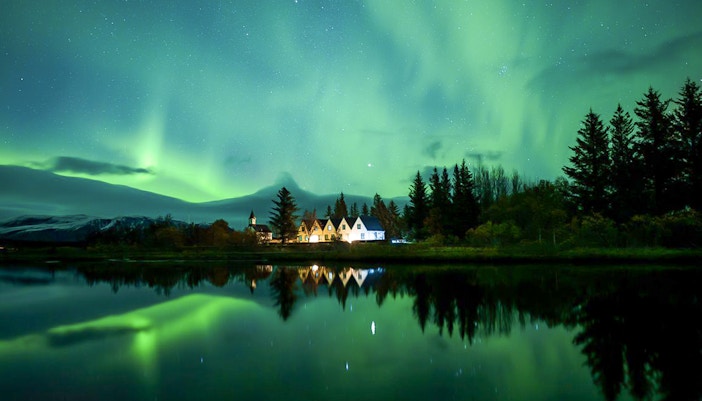
See the lights from the sea
Sail out from Reykjavik’s Old Harbour into Faxaflói Bay, where the horizon opens to uninterrupted night skies. Onboard, enjoy indoor seating, heated lounges, and hot drinks while you watch the auroras ripple above the ocean’s dark surface. Northern Lights cruises is a great option for those seeking a calm, scenic experience.
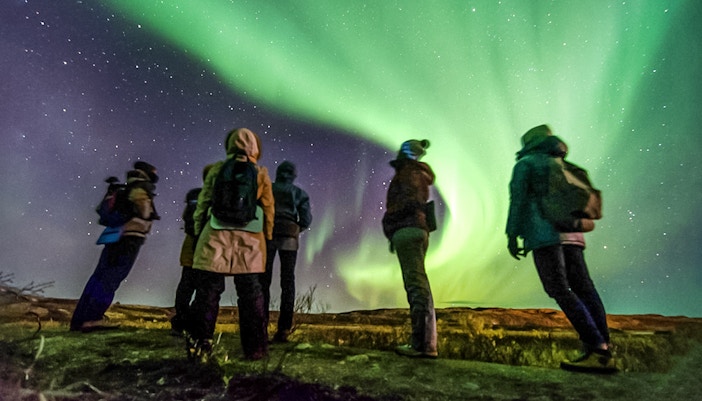
Capture the perfect photo
Many tours include professional photographers or guides trained in night photography. They’ll help with camera settings or take souvenir shots for you, so you can focus on the experience without missing the moment.
What to see on Reykjavik Northern Lights tours
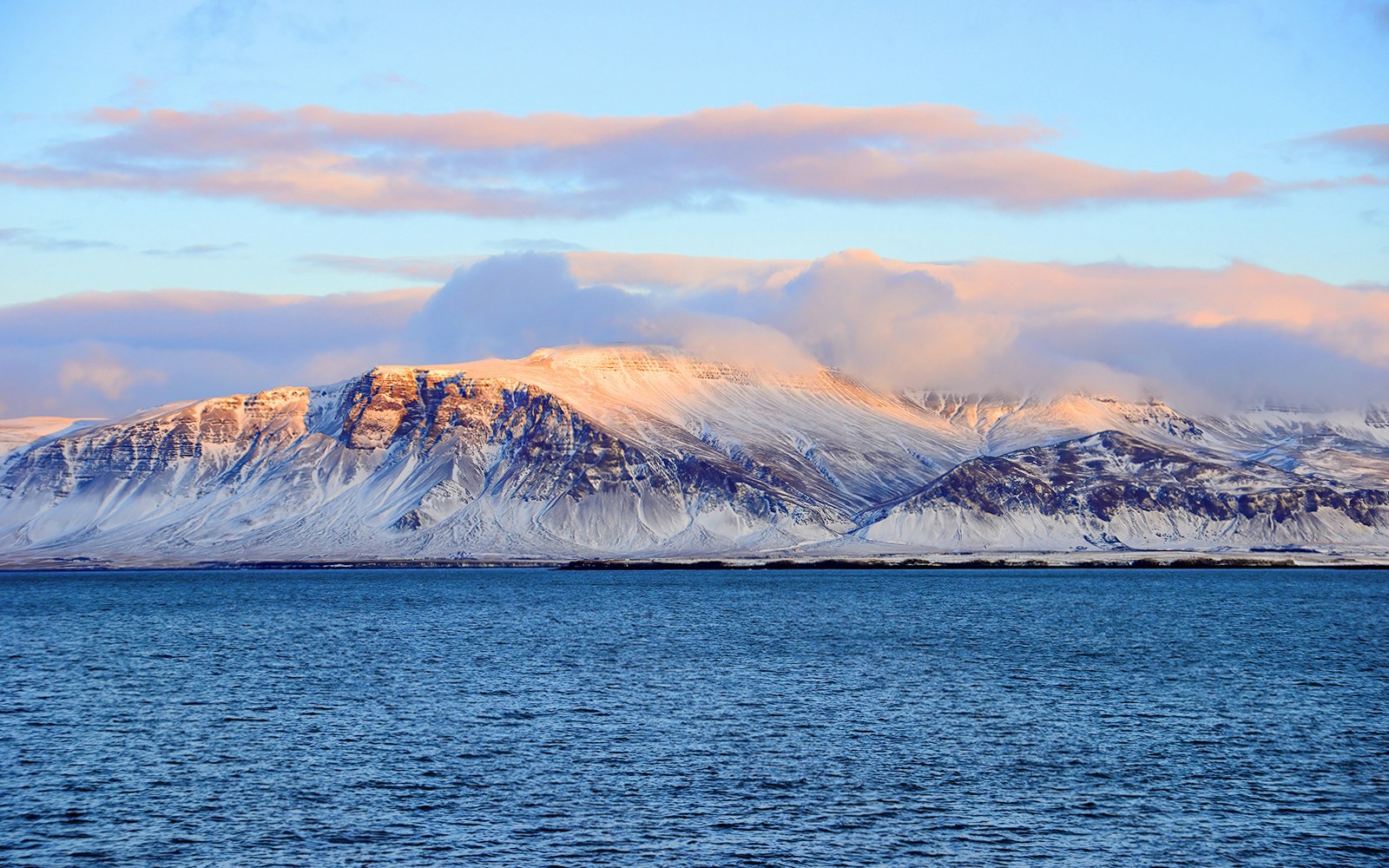
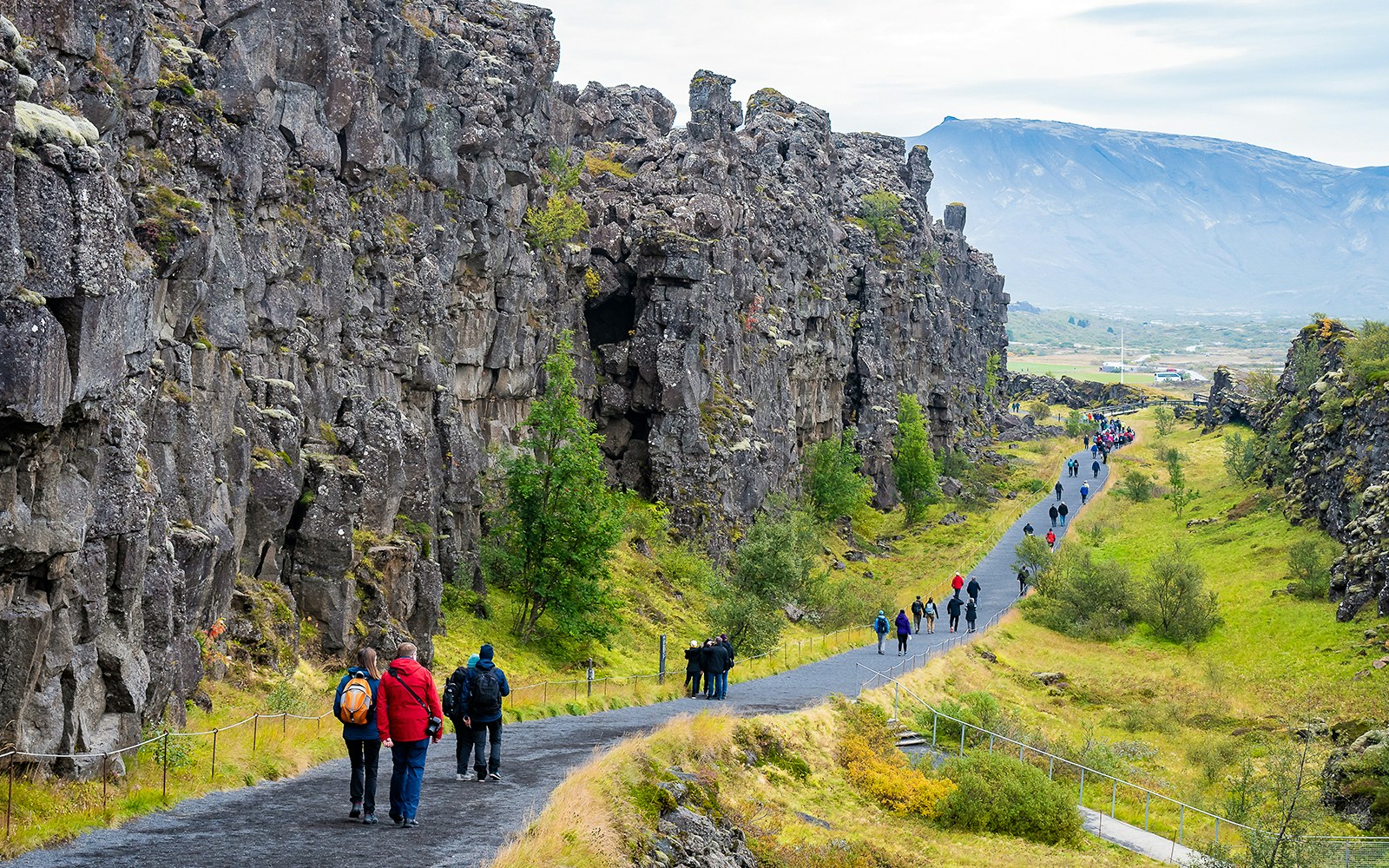
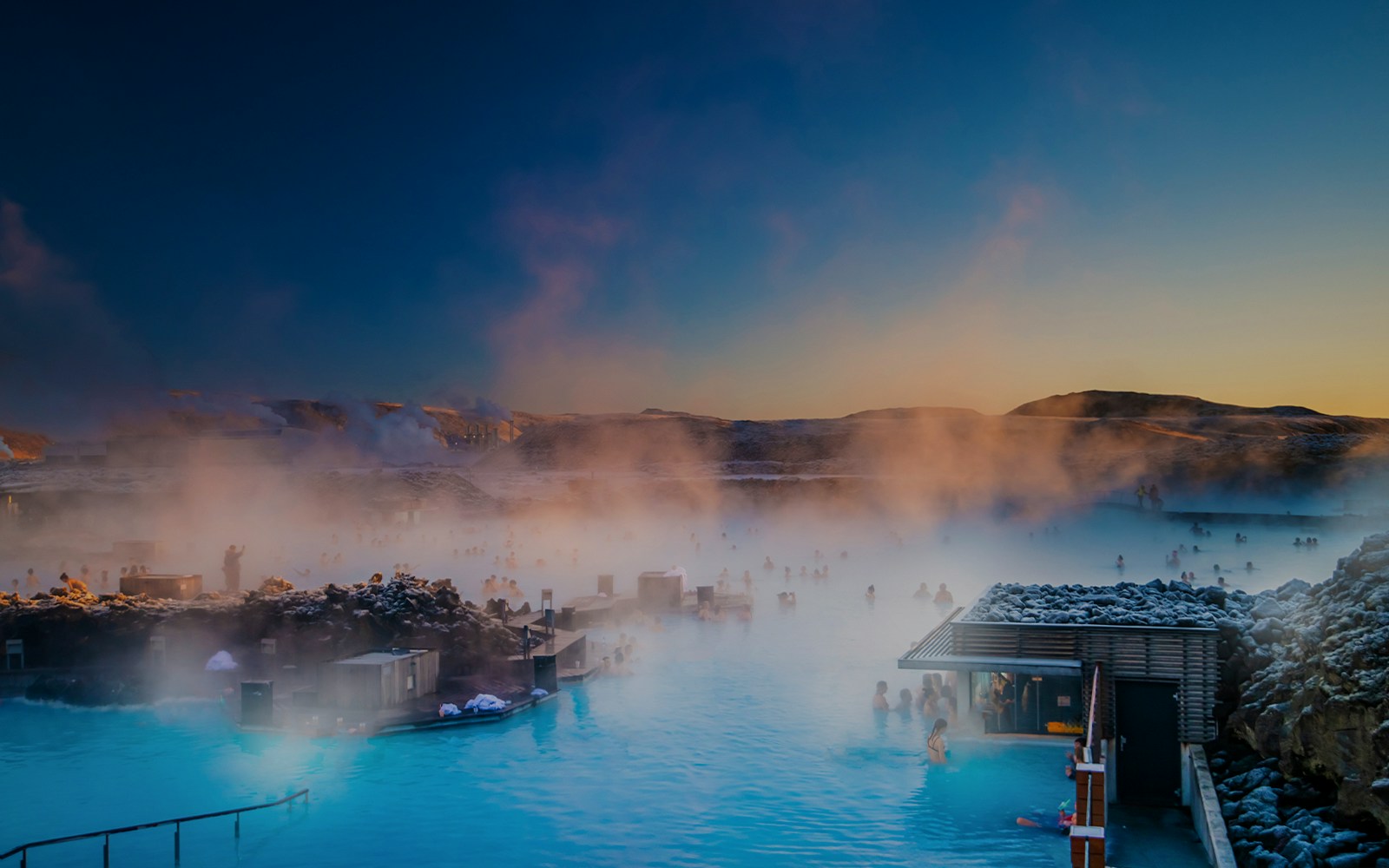

What makes Reykjavik one of the best places to see the Northern Lights?
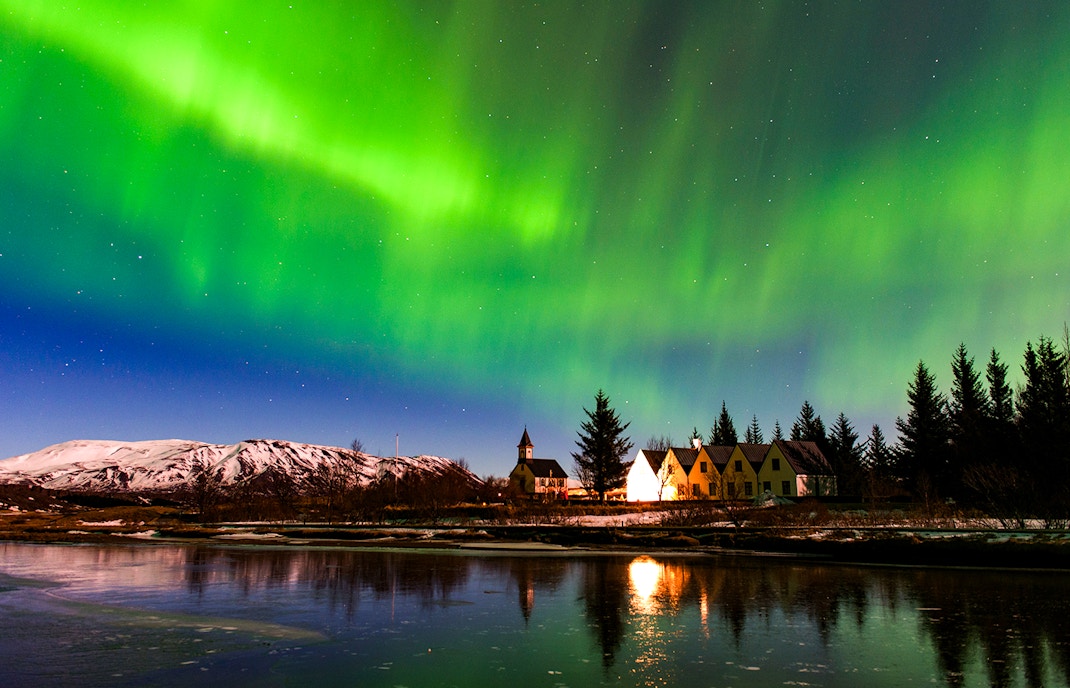
Proximity to untouched nature
Reykjavik is just minutes away from dark-sky locations with zero light pollution, from volcanic plains and coastal cliffs to mountain passes. This quick access makes last-minute aurora chases possible even on short stays.
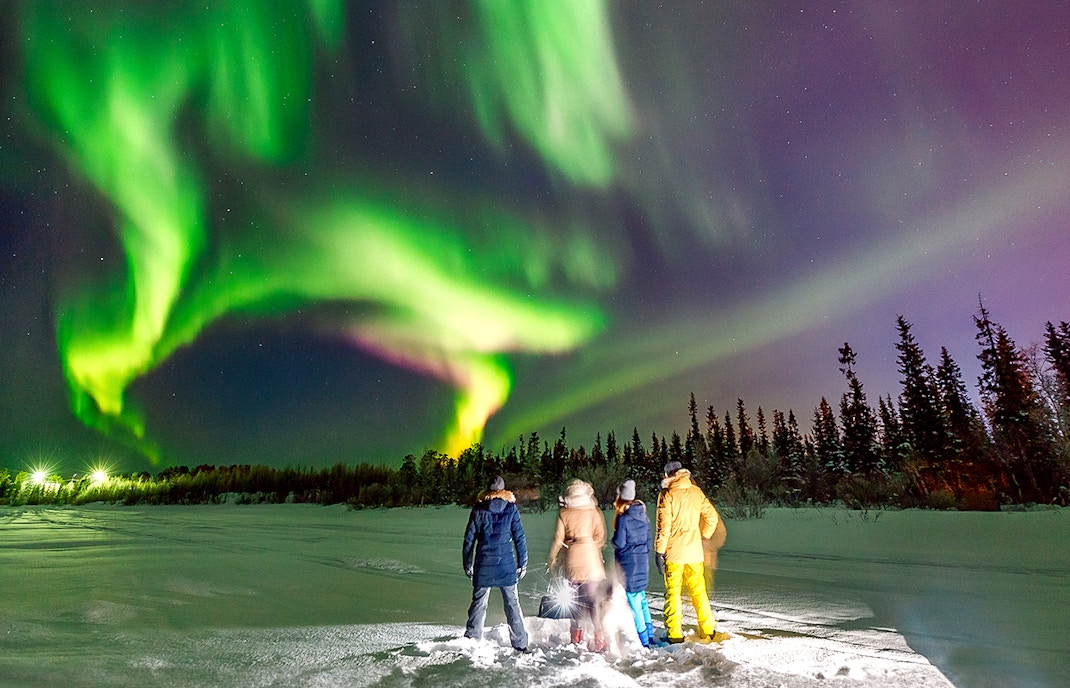
Multiple vantage points
Unlike many destinations where you’re limited to one type of view, Reykjavik offers sea, mountain, and countryside perspectives. You could be watching the auroras dance above Faxaflói Bay one night and over the rift valley of Thingvellir the next.
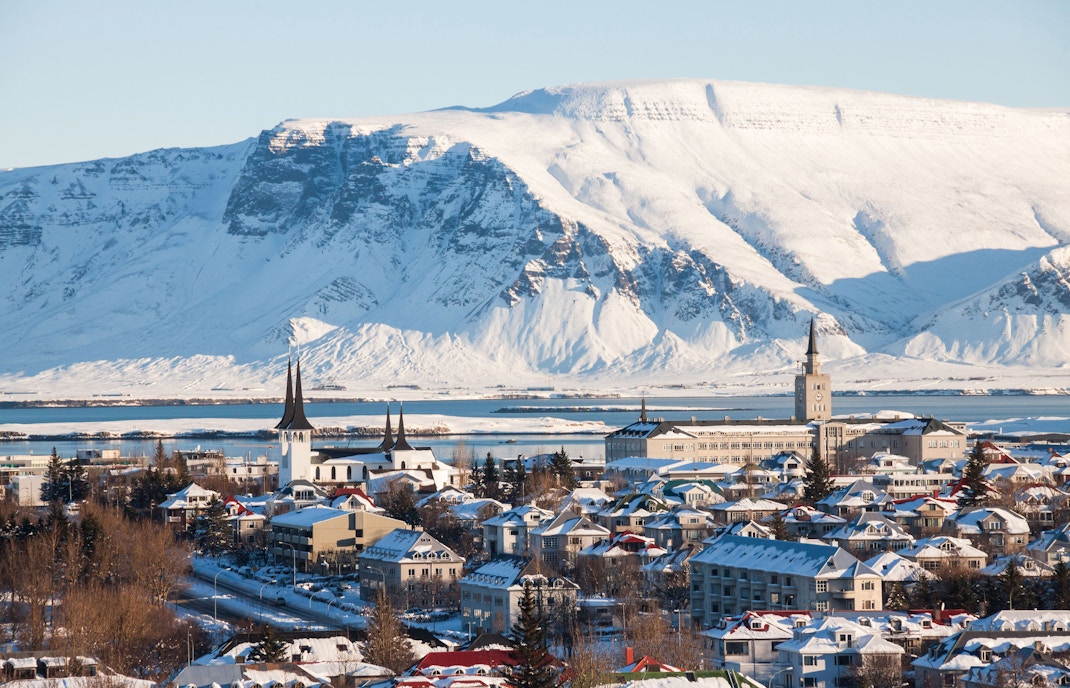
Year-round attractions
Even if the lights don’t appear, Reykjavik’s surroundings are rich with geothermal hot springs, lava fields, glaciers, and cultural heritage. The city itself makes for a memorable base, blending modern Nordic charm with traditional Icelandic hospitality.
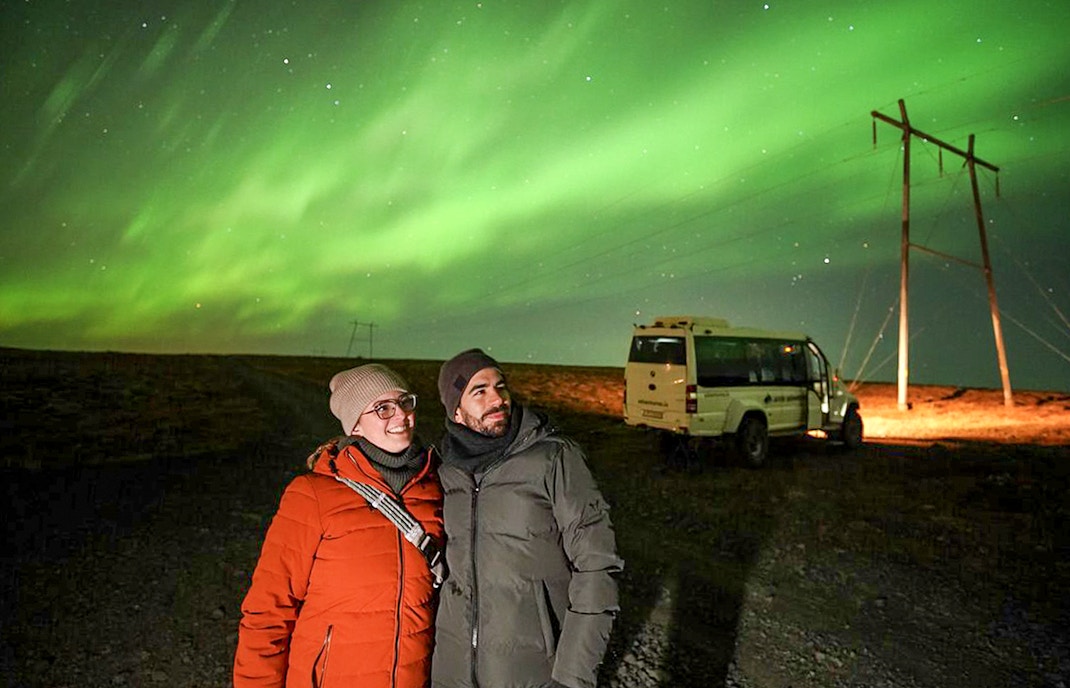
Expert-led experiences
Local guides combine scientific know-how with lived experience of Iceland’s weather patterns, knowing when to wait and when to move. Many tours include thermal overalls, photography tips, and warm drinks, turning your aurora hunt into a full Arctic adventure.
Your guide to planning a Reykjavik Northern Lights tour
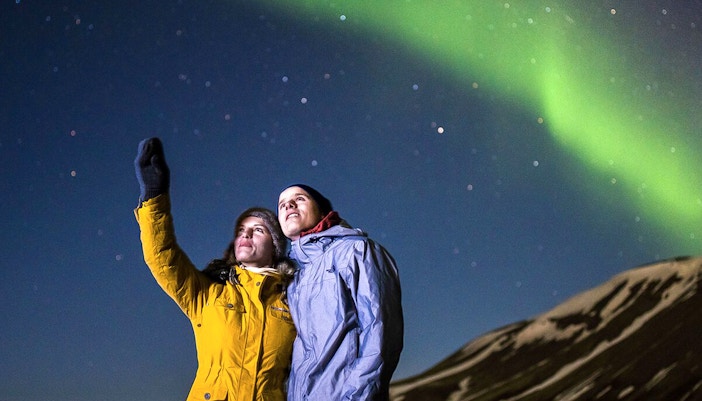
Timings
Northern Lights tours operate seasonally, typically from late August to mid-April, when the nights are long and dark enough for viewing. Start times vary from 8pm to 10pm depending on the month and weather conditions. Tours may be cancelled or rescheduled in poor visibility.
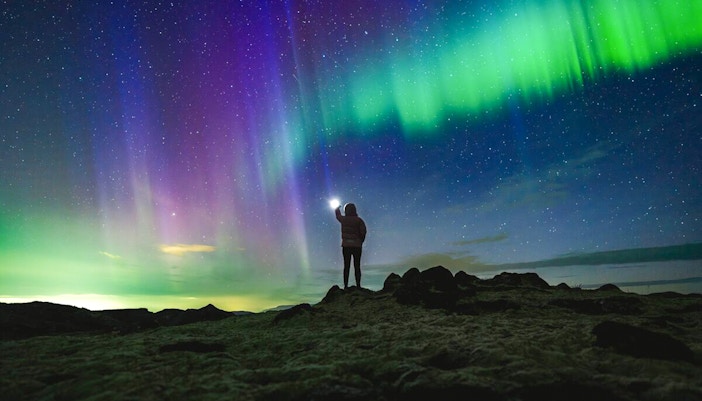
Best time to visit
The peak months, September, October, February, and March, balance strong aurora activity with manageable winter weather. Mid-week departures often have fewer crowds. For the clearest skies, late-night tours offer the best chance to see the lights at their brightest.
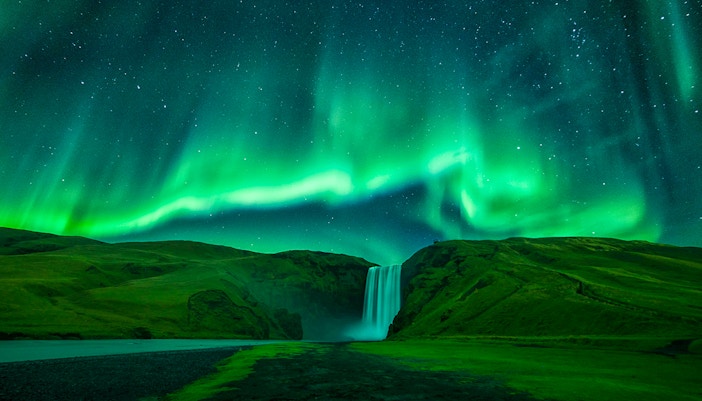
Departure
Most tours depart from Reykjavik city centre, with pick-up points near major hotels and the Old Harbour. The surrounding viewing areas may be a short drive inland or a sail into Faxaflói Bay. Reykjavik is well connected by local buses, taxis, and walking routes in the city.
Google Map: Reykjavik Old Harbour
Frequently asked questions about the Reykjavik Northern Lights
They offer guided trips to witness the aurora borealis in dark, remote locations away from city lights.
September–October and February–March offer strong aurora activity and relatively mild winter weather.
Thermal layers, insulated boots, gloves, a hat, and a camera with a tripod for photography.
Some bus tours offer accessible vehicles, but boat tours may have limited access, check before booking.
Aurora chasing by land, aurora cruises in Faxaflói Bay, and guided night photography sessions.
Pick-up is usually included from Reykjavik hotels or central bus stops.
